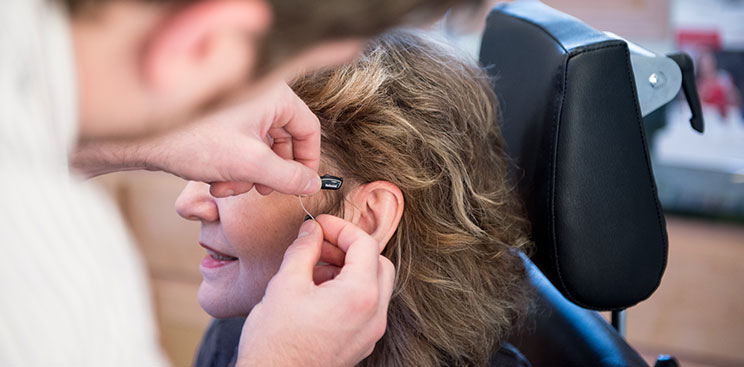
People with hearing loss may attempt to cut costs by investing in only one hearing aid to rectify the hearing in a particular ear only. However, it is important to consider the fact that your ears work in collaboration with your brain to help identify and decipher sounds.
It is important to keep both your ears working at the same level since your brain depends on sensory information from both your ears to help determine the source of the noise, reduce background noises, as well as enable maximum clarity of sound. If you wear only one hearing aid, your brain will be able to identify sounds coming only from one ear, or will have a lopsided interpretation of the sensory data received from the ear with the hearing aid, which can distort your sense of sound as well as your sense of balance.
Wearing a single hearing instrument not only affects the level of hearing but it also further deteriorates your hearing abilities over time. If your brain constantly receives sound signals only from one ear, over time it will simply begin to discard any and all inputs received from the ear without hearing aid, mistaking it for background noise, which can further damage your hearing resulting from lack of use of the auditory nerve in that ear.
The features of most hearing aids require that both of them be worn together for optimal clarity. Hearing aids work in collaboration with each other to provide you with a crystal clear hearing experience through wireless communication.
Make sure you consult your audiologist before opting to go for any particular hearing aid. Ensure you obtain hearing aids that are of superior quality and best suited for your specific needs through the use of optimal customer support. Make sure to check reviews of the hearing aids prior to purchasing them.
